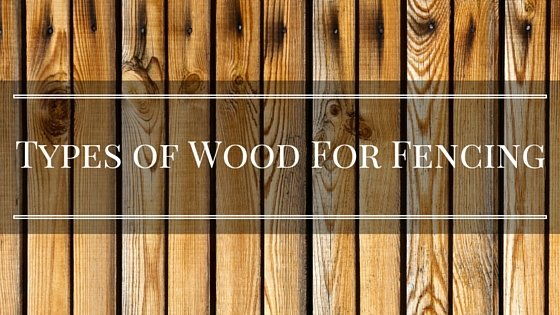Which Wood for What?
Cedar! Pine! Doug Fir! How do you know which wood would best fit the needs of your yard? Here’s a brief breakdown of what to use and why:
PINE
Strengths
Pressure treated pine is going to be your lowest cost option.
It’s best used for side-by-side fences, and it has a lifespan of 10-15 years.
Weaknesses
It’s a harder wood and pressure-treated so it doesn’t take to stain as well.
As a general rule of thumb, you don’t want to stain pine until it’s been dried out for 3-6 months.
Pine has a tendency to shrink and warp more over time.
You’ll see more gaps form between the pickets then some of the other wood choices.
CEDAR
Strengths
Rot resistant
Bug/insect resistant
Stains well
Has the longest life span of wood available for fencing (15-20 years)
Cedar is ideal for board on board fences, especially 8’ fences.
When taken care of, and stained every 3-5 years, cedar fences can last 25-30 years.
Weaknesses
None other than cedar is higher cost than other wood choices.
There are 3 main subsets of cedar on the current market, and different opinions on which cedar is better.
Western Red — Harvested in the US. Wait 3-4 days to stain it. Usually most expensive. Available only at Home Depot in a #2 grade
Japanese Cedar or Japonica — Kiln dried so you can stain immediately, #1 grade so board is thicker with less knots
CRC or Cryptomeria Red Cedar — Kiln dried
From a strict fencing point-of-view, Western Red, CRC, and Japanese cedar are all excellent options.
DOUGLAS FIR
Strengths
Looks a lot like cedar
Takes to stain well
Costs slightly more than pine but not as expensive as cedar
Doug Fir is a strong and hardy wood and is resistant to bending and warping
Weaknesses
Tends to crack more than a soft wood like cedar
Recommend installing with screws if you go with this wood


